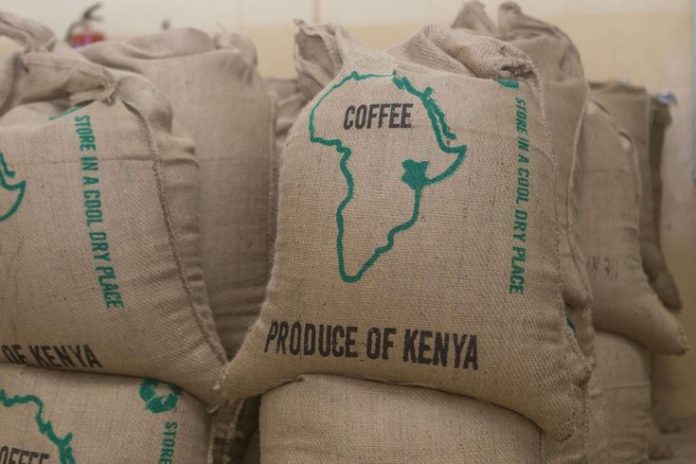In a bid to raise the quality and market value of its coffee, Uasin Gishu County in western Kenya is exploring a technology partnership with a Chinese firm known for high-precision agricultural equipment. The county government this week hosted representatives from Anhui Jiexun Optoelectronic Technology Co., Ltd., a company whose automated Coffee Cloud Quality Sorting Solution uses optical imaging and artificial intelligence to classify beans by size, color uniformity, and defects.
The county, which has long been known for staple crops like maize and wheat, is now seeking to diversify its agricultural economy. Coffee, though not Uasin Gishu’s primary cash crop, is being positioned as a growth area, especially as global demand for traceable, specialty-grade African coffee continues to rise. According to the County’s Deputy Governor, the goal is to equip local farmers with tools that can improve processing accuracy, reduce post-harvest losses, and meet export requirements in high-value markets.
“This kind of technology gives our farmers a stronger position in international trade,” Kapkea told journalists during the visit. “We’re not just producing coffee, we want to produce quality coffee that the world is looking for.”
The Jiexun system does more than sort beans. It includes a digital traceability feature that tracks beans through the entire post-harvest process, an increasingly important requirement for buyers in Europe, North America, and Asia. It is also expected to reduce the need for labor-intensive manual sorting, which remains the norm for many smallholder farmers.
Across Africa, governments and agribusinesses regularly turn to international partners for technological answers to long-standing productivity challenges. And while some of these tools deliver real improvements, they often come with limitations, especially when applied across regions where farming systems, access to capital, and infrastructure vary widely.
What this reveals is a growing tension in Africa’s agricultural transformation agenda: the dependence on external technologies versus the push to build and scale innovations developed within the continent. Uasin Gishu’s move opens a wider conversation about what it would take for African counties, countries, and institutions to become not just adopters of technology—but creators of it.
Developers, engineers, and researchers within the continent are creating tools that respond to specific environmental and agricultural needs—like water-efficient systems for dry regions or mobile-based platforms that deliver farming support in local languages. Still, many of these technologies remain stuck in trial phases. Funding is inconsistent, and public procurement tends to favor imported solutions, sidelining innovations built within local contexts.
Part of the problem is structural. Innovation ecosystems in much of Africa still lack stable funding, manufacturing capabilities, and the cross-sector partnerships needed to scale up grassroots inventions. Universities often operate in isolation from county governments. Farmers are rarely involved in the design of technologies that are meant to serve them. And policies to promote homegrown industrial production, especially in the agricultural equipment sector—remain weak or inconsistent.
Uasin Gishu’s interest in coffee-sorting automation is timely. Coffee is one of Kenya’s key agricultural exports, and quality grading has a direct impact on the prices that farmers can secure. But the long-term opportunity is not simply in importing machinery. It lies in investing in the capacity to design, adapt, and maintain these systems locally.
That could mean bringing universities and technical colleges into collaboration with counties to prototype region-specific equipment. It could mean funding county-level innovation funds that support local agritech entrepreneurs. It could also mean simplifying technologies to match the realities of smallholder farmers, who often lack access to reliable power, internet, or capital-intensive machinery.
Practical reforms would include revising procurement rules to prioritize domestic innovations, integrating technology design into national agriculture strategies, and creating open platforms for sharing local innovations across counties and borders. In this model, imported systems like Jiexun’s are still valuable—but they are part of a broader ecosystem where local solutions can thrive and scale.
The story of Uasin Gishu County turning to China for coffee-sorting technology captures the spirit of a region eager to modernize and compete globally. It reflects ambition, pragmatism, and a clear understanding of global market demands. However, it also raises a deeper question about direction. Africa cannot afford to build its future solely on tools developed elsewhere. For sustainable agriculture—and by extension, sustainable development—to truly take root, the continent must turn its focus inward, investing not just in technology, but in the local systems and people that make innovation possible.
Imported technology may offer a short-term boost but only homegrown innovation, deeply rooted in African contexts, designed for African challenges, and scaled by African institutions—will ensure long-term resilience, sovereignty, and shared prosperity.




